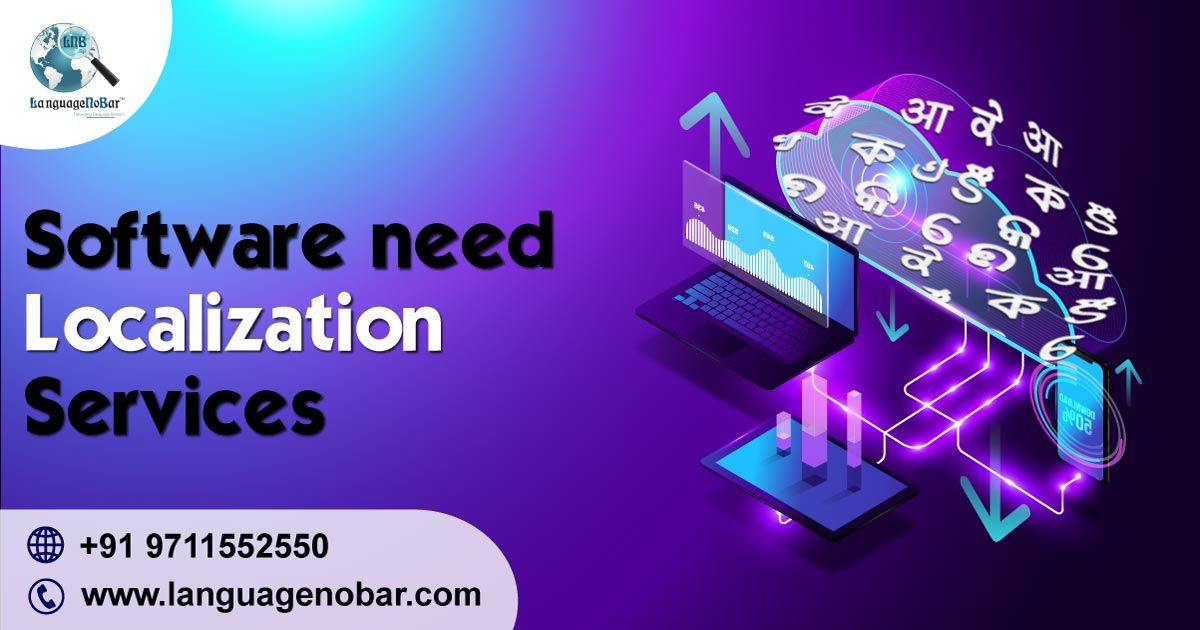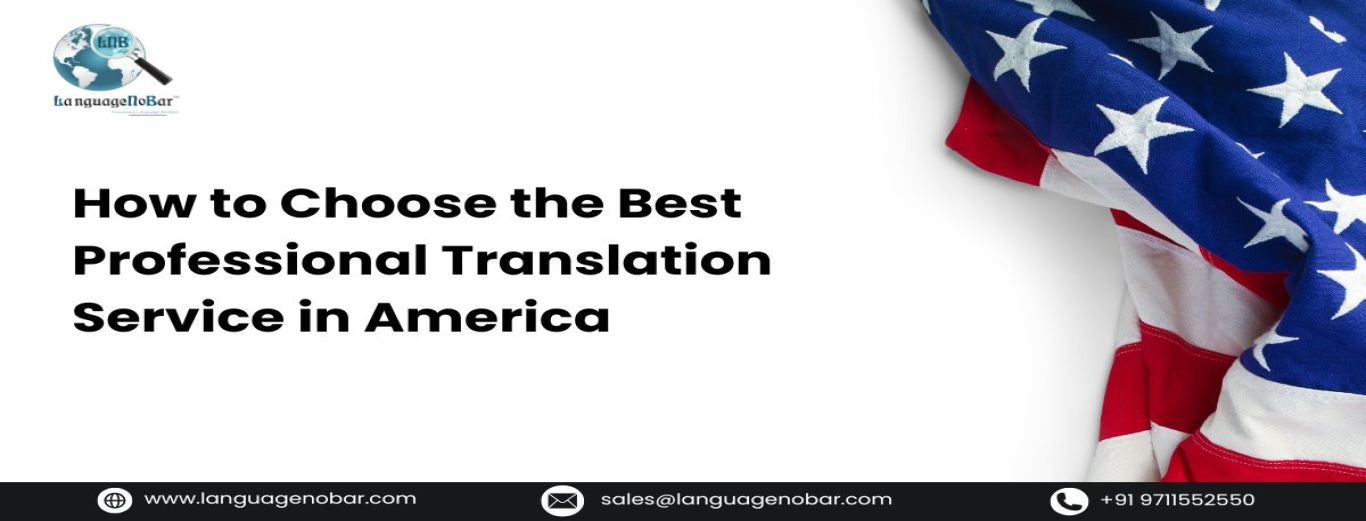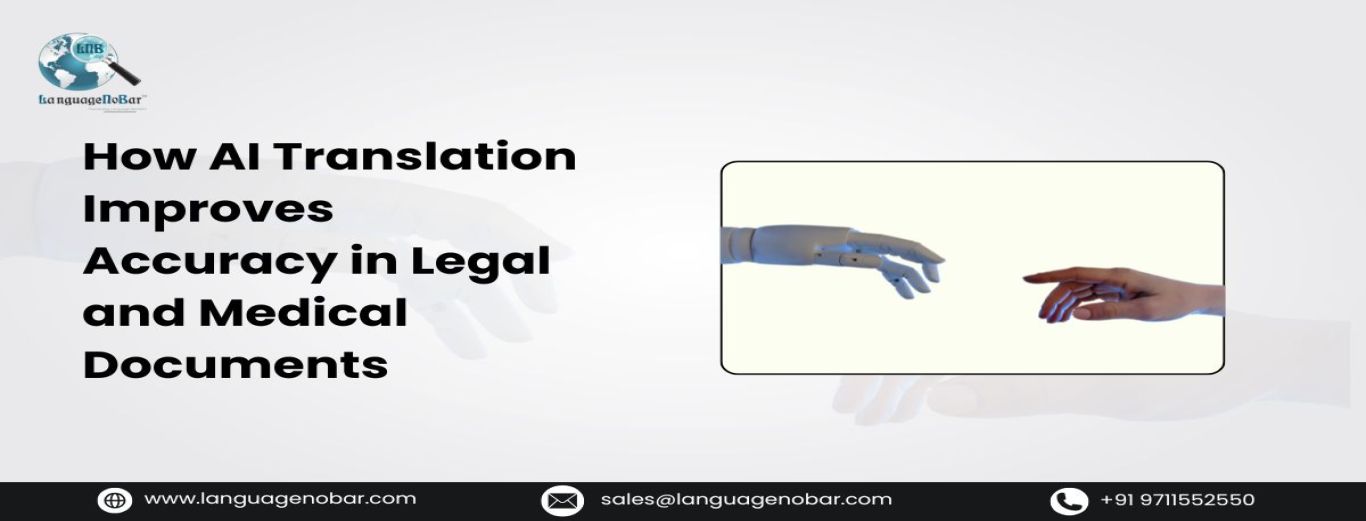What's SaaS Localization?
- High quality translation services
- Comments (0)
Software as a Service or better known as SaaS is a system of delivering applications on the internet as a service. Think of it as a bank that provides all the relevant services to all its clients or customers while keeping their privacy secured. All the customers of the bank use the same technology and financial system and no one can access the information without proper authorization. In the case of SaaS, it’s the same. Well, if you are a SaaS company then you probably know this inside out. As more and more SaaS companies are starting up and growing into corporations expanding their boundaries, the demand for localizing their services is also growing. With great infrastructure and everything else, a company can build great products or provide amazing services. But as it grows the need for localizing the same also rises to meet the requirements of a diverse audience. LanguageNoBar – the professional app localization company is here to deliver some quick snippets about different aspects of SaaS localization.
The Importance
For sure English is a commonly accepted language on the internet but people are more likely to use or entertain a product that is available in their native language. A recent report found out that around 56% of customers care more about getting information in their preferred language than the price. Additionally, 95% of people prefer and are more comfortable with websites that are in their native language. Indeed, this applies to SaaS also. If a company is trying to expand itself to new markets, then localizing the products and services in the native language of the region is a must thing to do. Software & app localization is crucial factors of performance and you need to be ready for diverse markets. SaaS localization is key to making your presence felt in the global market.
How does it help?
SaaS localization is beneficial in many ways –
Breaking the language and cultural barriers between your SaaS and users of different linguistic origins, Localization helps you to communicate more efficiently and stay close to your new customers. Translating and localizing your product allows customers to have a smooth user experience, irrespective of their native language. Localization also helps your customers to take wholesome advantage of your product by adapting it to meet their needs. When localization is done in a proper manner it gains you trust and preference of the users in the new local market. If you provide localized services from the start, customers feel more confident about your product. This whole thing turns them into vocal advocates of your brand. They feel more connected to the brand, hence, it increases your brand awareness and reputation in the market.
Localization is a great way to tell users that your company is credible and SaaS is dependable. It tells your new partners and users that you care for them, that’s why you put in efforts to deliver a more personalized experience with your SaaS. All it takes is some technical experts and professional native translators to localize your product. In turn, it bestows you with the ability to have more effective communication and competitive advantage by crossing cultural barriers. Also, SaaS localization helps you to generate more revenue. The more local you be, the more customers you will have, thus, more revenue is generated. If you just employ localization best practices and have a great localization partner you can also save a lot of money. Otherwise, a ton of money would be wasted on corrections, adjustments, and rectifications.
The Challenges
The localization of SaaS Web and Apps takes some investment and time. Understanding the challenges that come in the process can help you prepare better for the path ahead when expanding to new markets.
- Software Layout – if not prepared for internationalization and localization while developing your SaaS, the Software layout might not even be able to fit different languages.
- Inaccuracy & Half-done Translations – translators & linguists need enough knowledge of workflow & reference material to do their work efficiently. Inadequacy of information would result in translations being incomplete or inconsistent.
- Right Localization Partner – finding the right localization partner is a great challenge. An experienced and professional localization services agency would make this cumbersome process go smooth and effortless, and vice-versa.
- Localization Agility – from webhooks to git-ops, even the smallest things can make a difference. You do not have localization agility, things will go and grow very slowly, including the organization itself.
- Collaboration & Resources Challenge – without open lines of communication between the localization partner and the organization, and without competent translators, it going to be a certain failure.
Tips & Best Practices
So, you know the importance, learn about the benefits, and understand the challenges related to SaaS localization. Now let’s get into some of the best practices and pro-tips regarding the same to make this process seamless and more productive for you.
- Research the aspects of localization you need to work on like – payment process, product tone, color, etc.
- Localize your payment methods and make sure that whatever payment method you choose is preferred by the customers of the target market.
- After adopting a localized payment method, you need to localize the currency for payment. Customers might prefer to make payments in their local currency. Also, use localized pricing strategies to maximize conversions.
- Avoid using texts on images directly. If a text is necessary, then create texts separately, it eases up the process of image localization.
- Using a full-scale and precisely localized database schema would be more beneficial. A complete locale includes time and date formats, alternate spellings, and other differences.
- Always make sure that your strings are easy to find. Avoid batching too many strings together as it might invite bugs and require more work to get it fixed.
- Make sure that the users have the independence to choose their preferred language. Do not be completely dependent on the browser’s language. Also, the direction of the text in the preferred language must be considered.
- Research about the languages and know your best languages to adopt. There are 2700 different languages, one cannot cover all. Hence, start small and gradually you can expand.
- Make sure you have the right partner for translation. Employing a professional translation company like LanguageNoBar would be more beneficial and provide assistance in more aspects.
The bottom line is if you are a SaaS company and have not considered localization yet, you are missing out on a lot. It's high time you realize that the need for localizing your SaaS product is knocking on your door. So, make your move, accept the challenges and expand your market.
Related Blog:
5 TIPS FOR MOBILE APP LOCALIZATION
TRANSLATION VS TRANSCREATION. WHAT’S THE DIFFERENCE?
FOR HIGH GROWTH AND CONVERSION RATES LOCALIZE YOUR APPS







